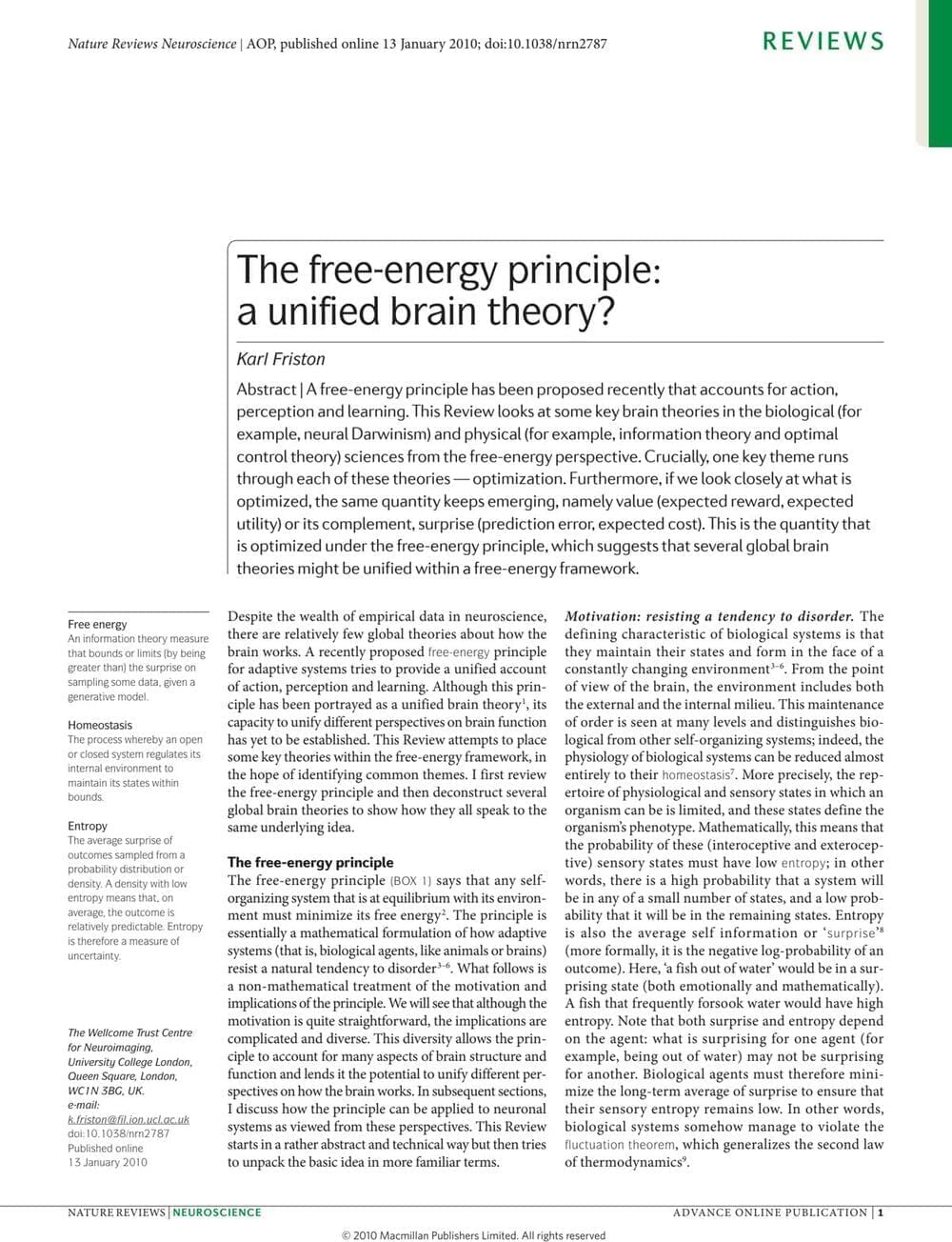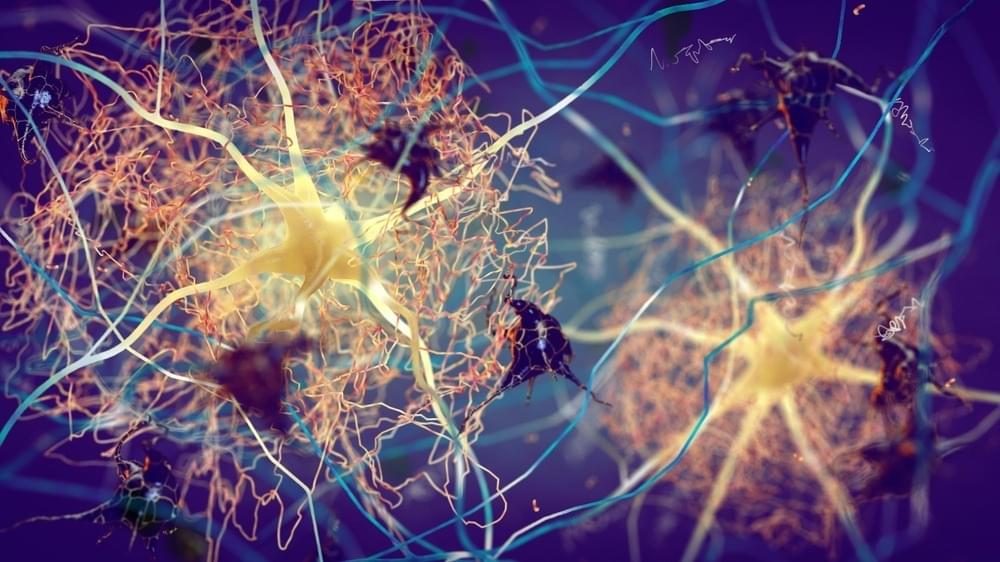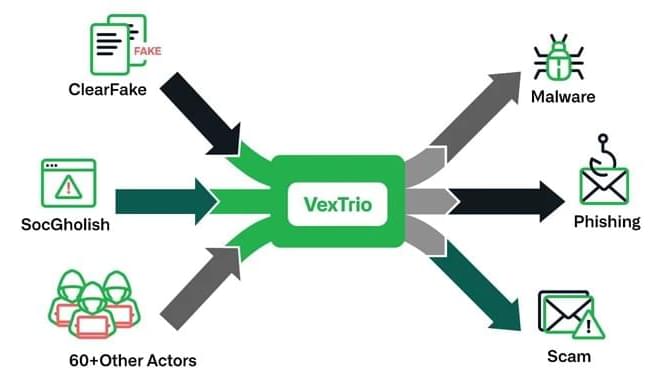Jan 24, 2024
Study: In patients with Long COVID, Immune cells don’t follow the rules
Posted by Natalie Chan in category: biotech/medical
People with long COVID have dysfunctional immune cells that show signs of chronic inflammation and faulty movement into organs, among other unusual activity, according to a new study by scientists at Gladstone Institutes and UC San Francisco (UCSF).
The team analyzed immune cells and hundreds of different immune molecules in the blood of 43 people with and without long COVID. They delved particularly deep into the characteristics of each person’s T cells—immune cells that help fight viral infections but can also trigger chronic inflammatory diseases.
Their findings, which appear in Nature Immunology, support the hypothesis that long COVID may involve a low-level viral persistence. The study also reveals a mismatch between the activity of T cells and other components of the immune system in people with long-term COVID-19.


















